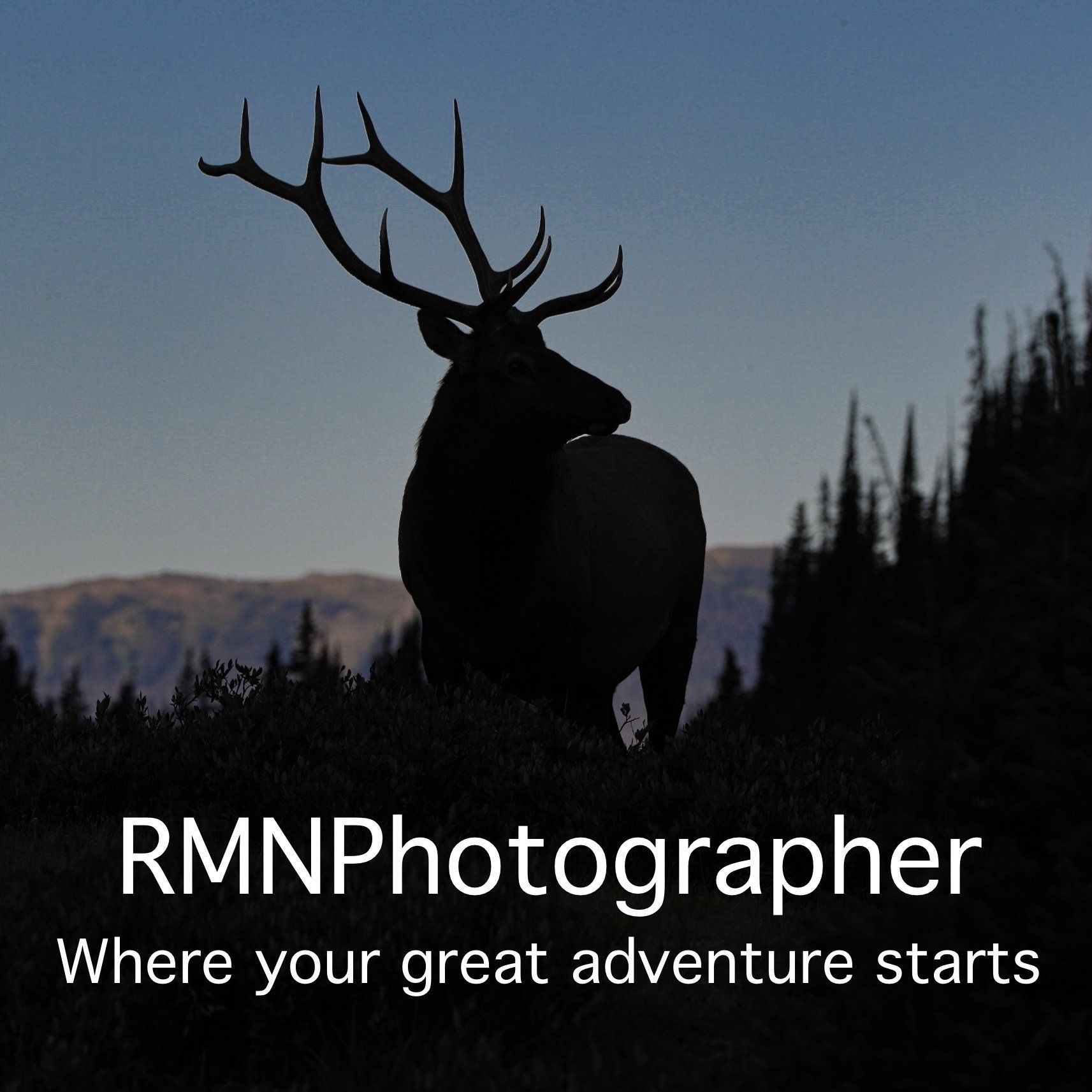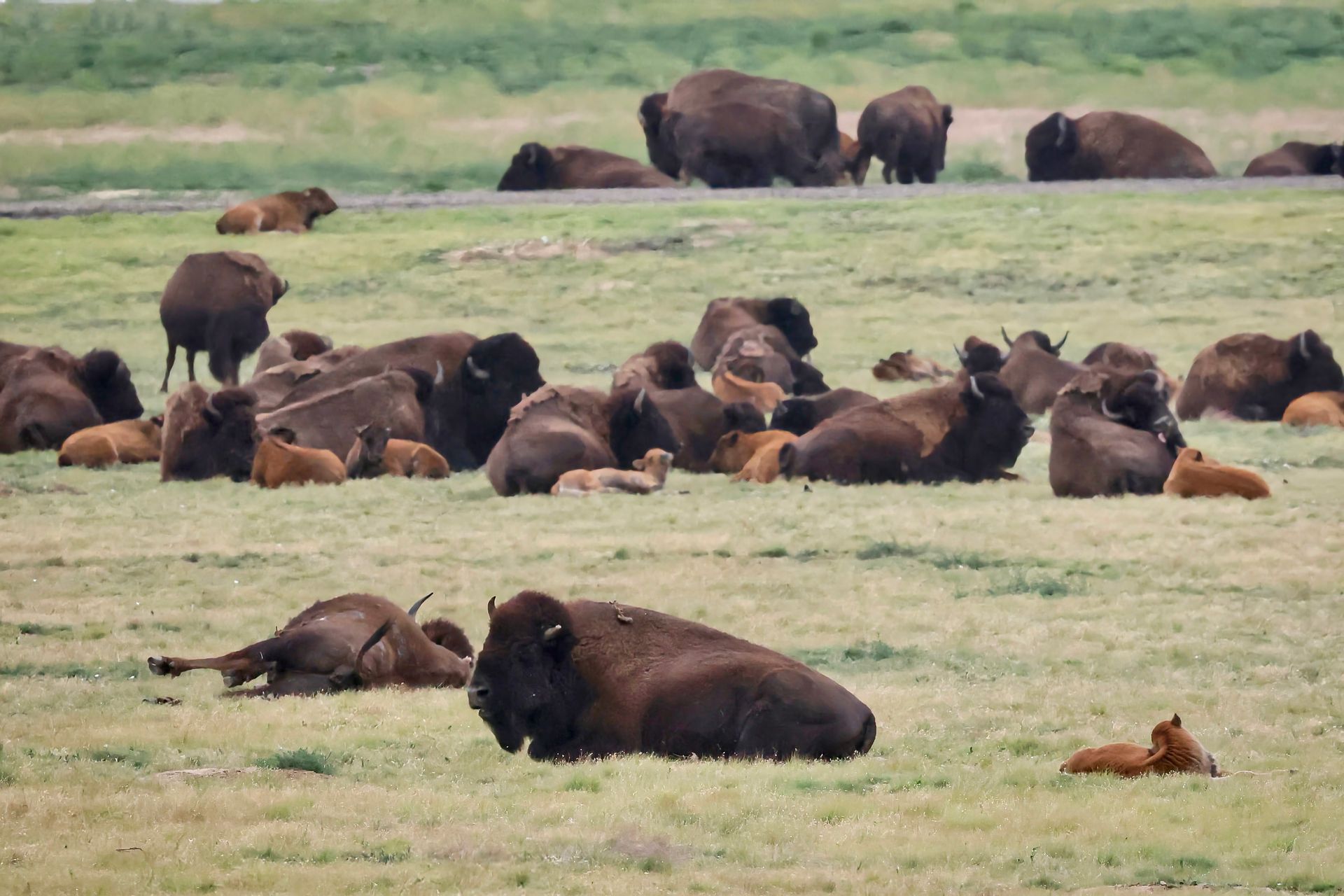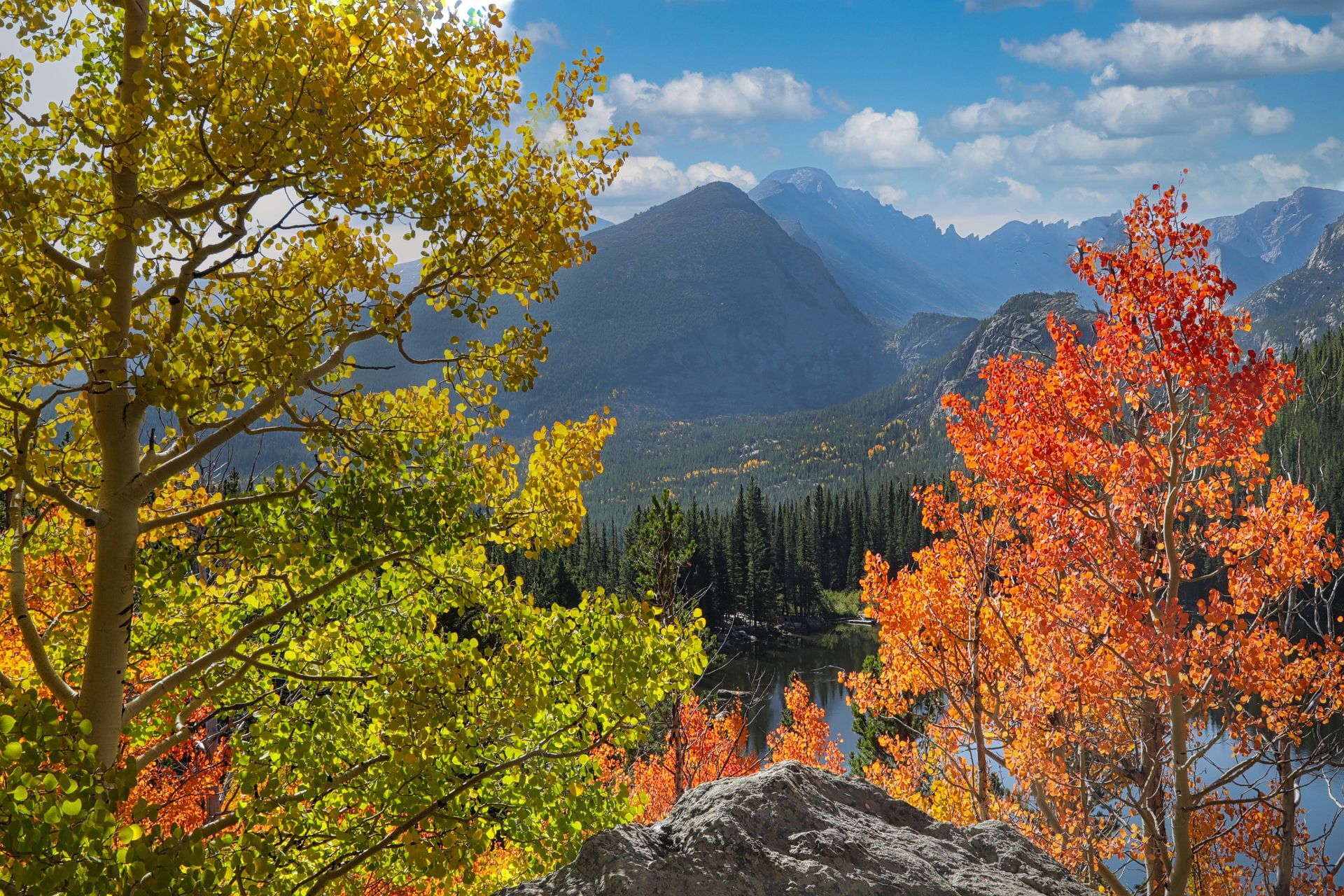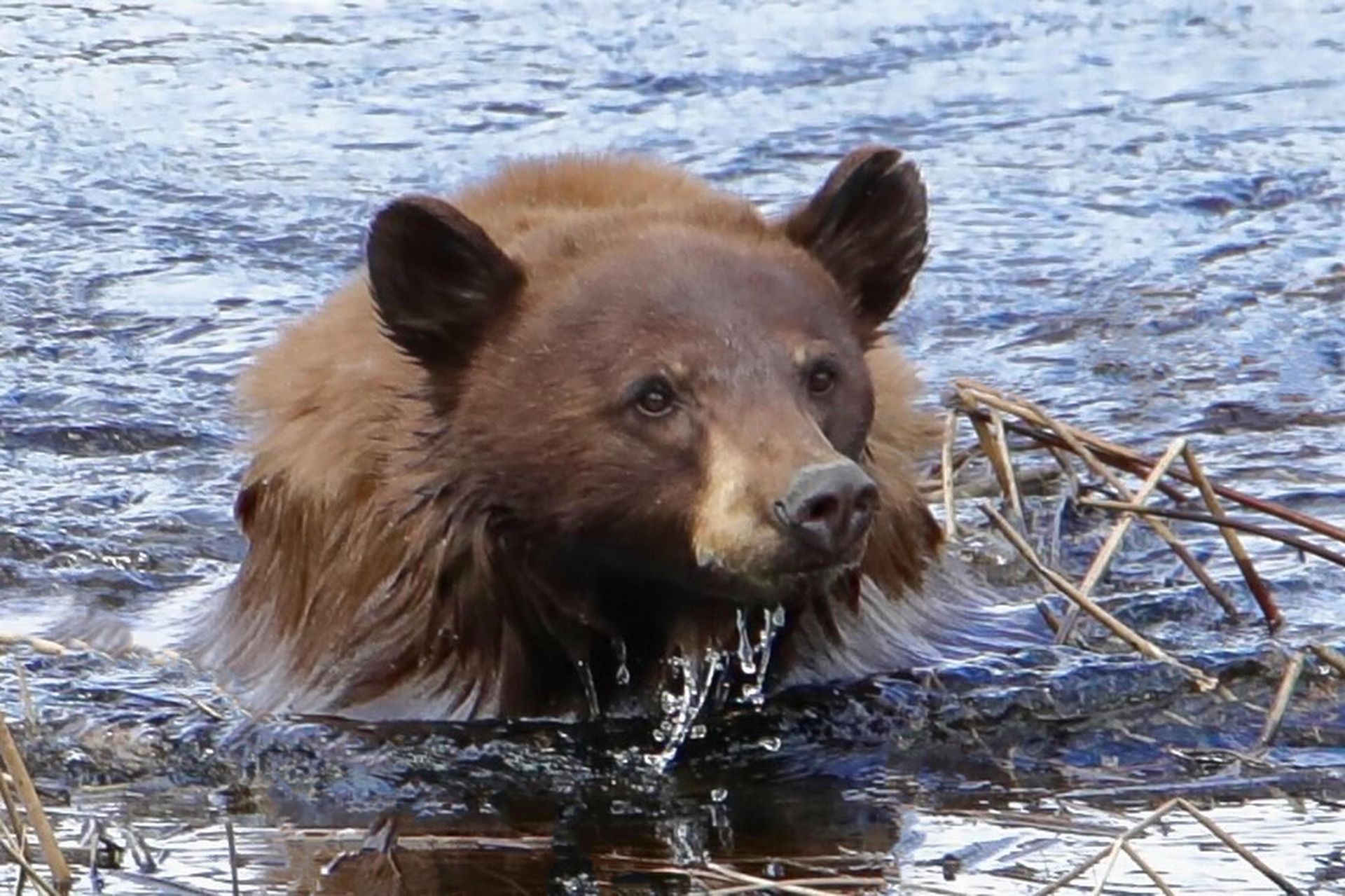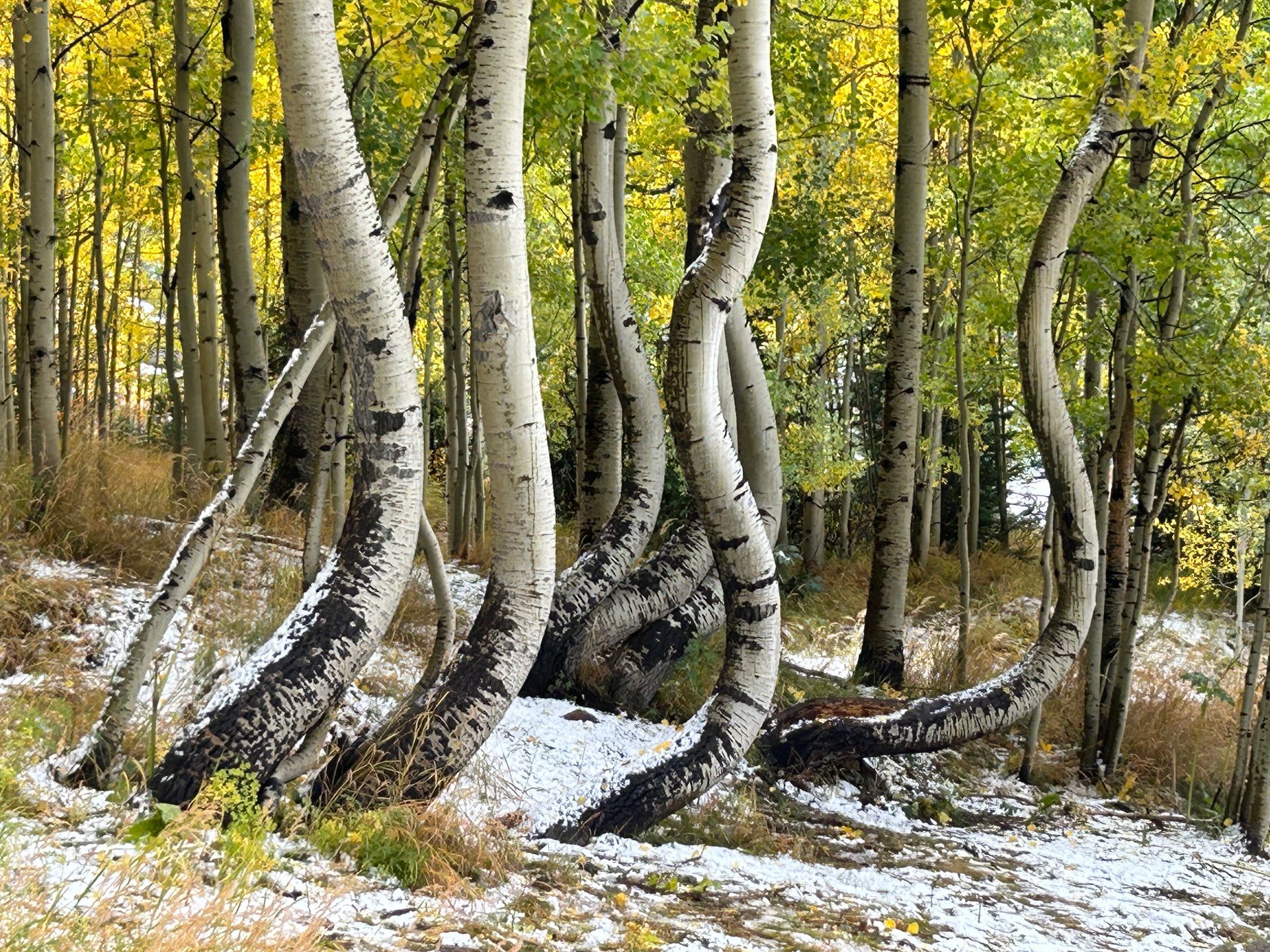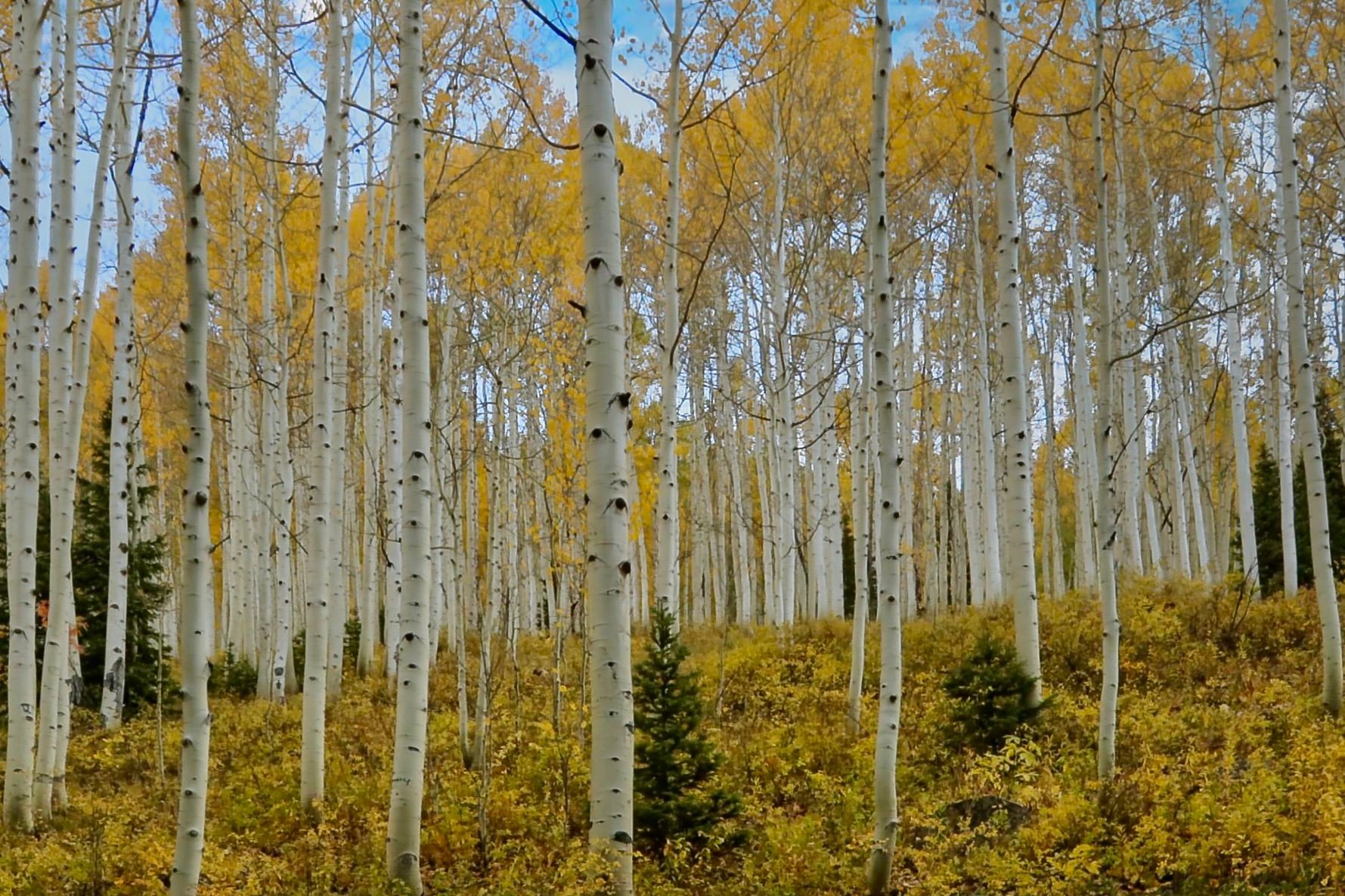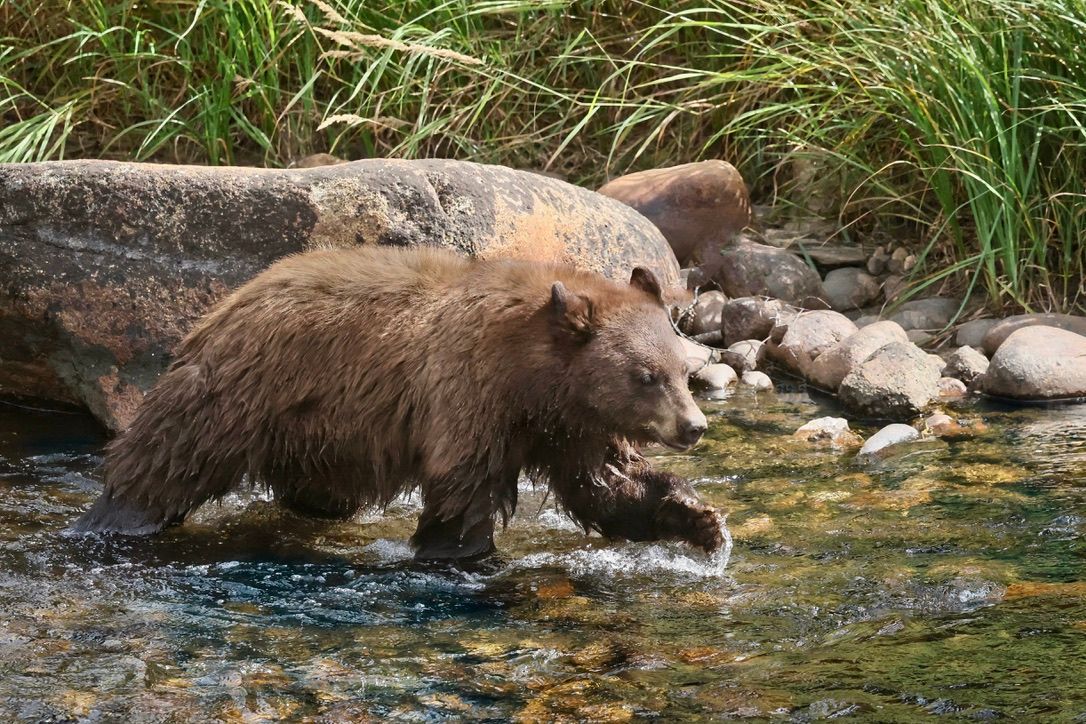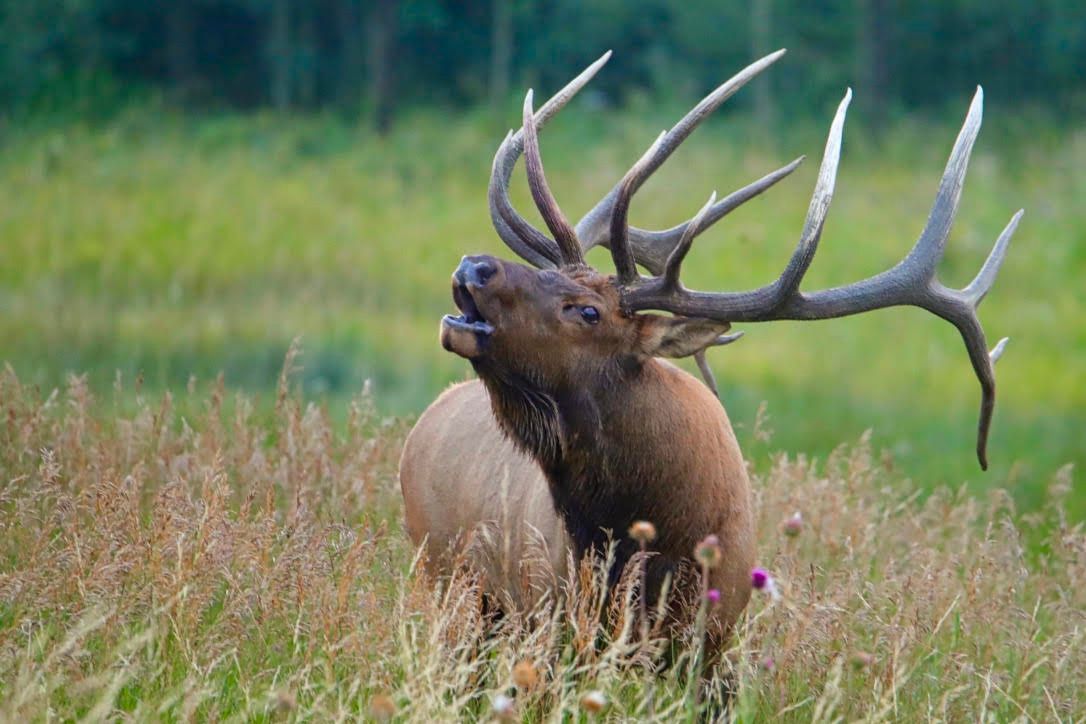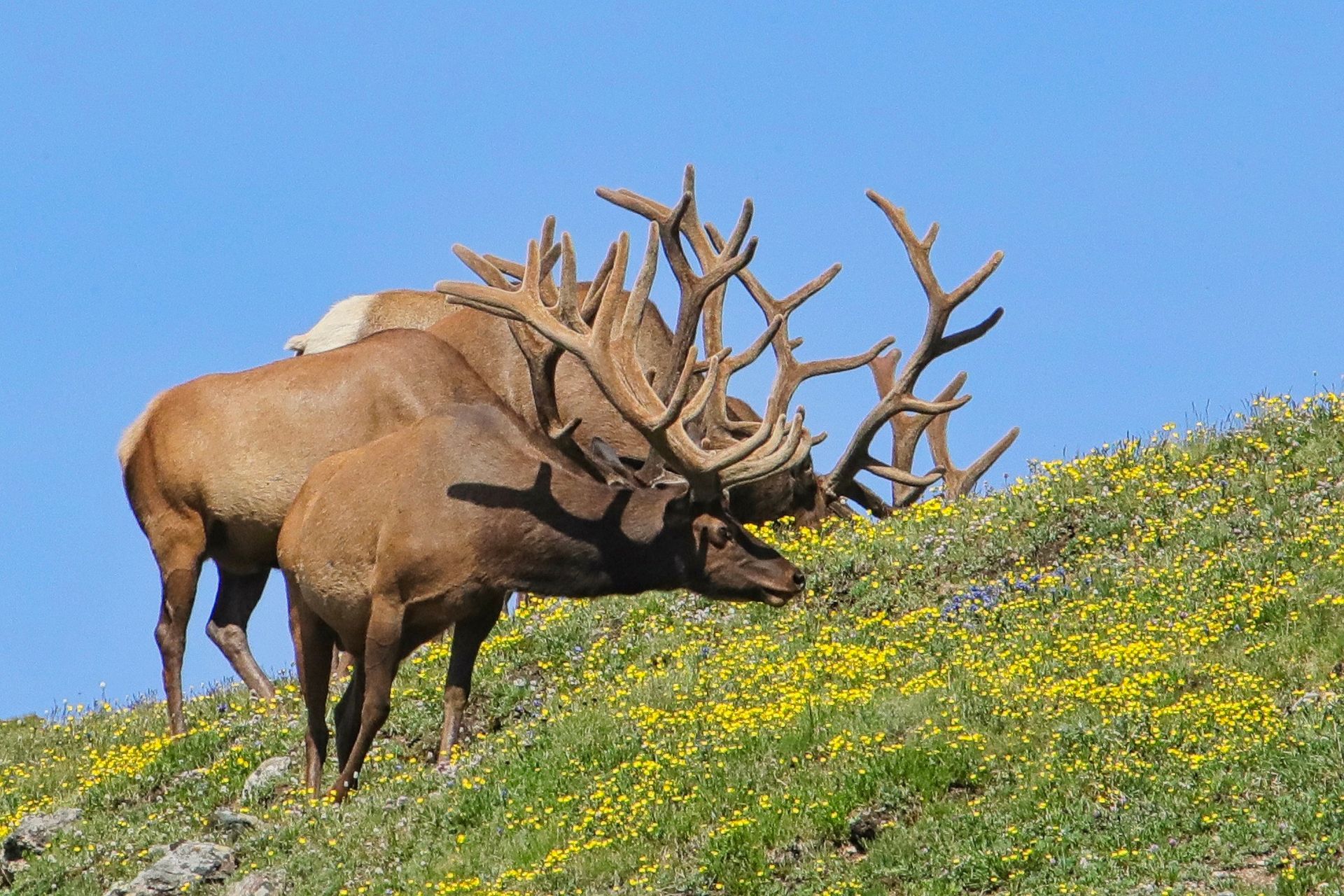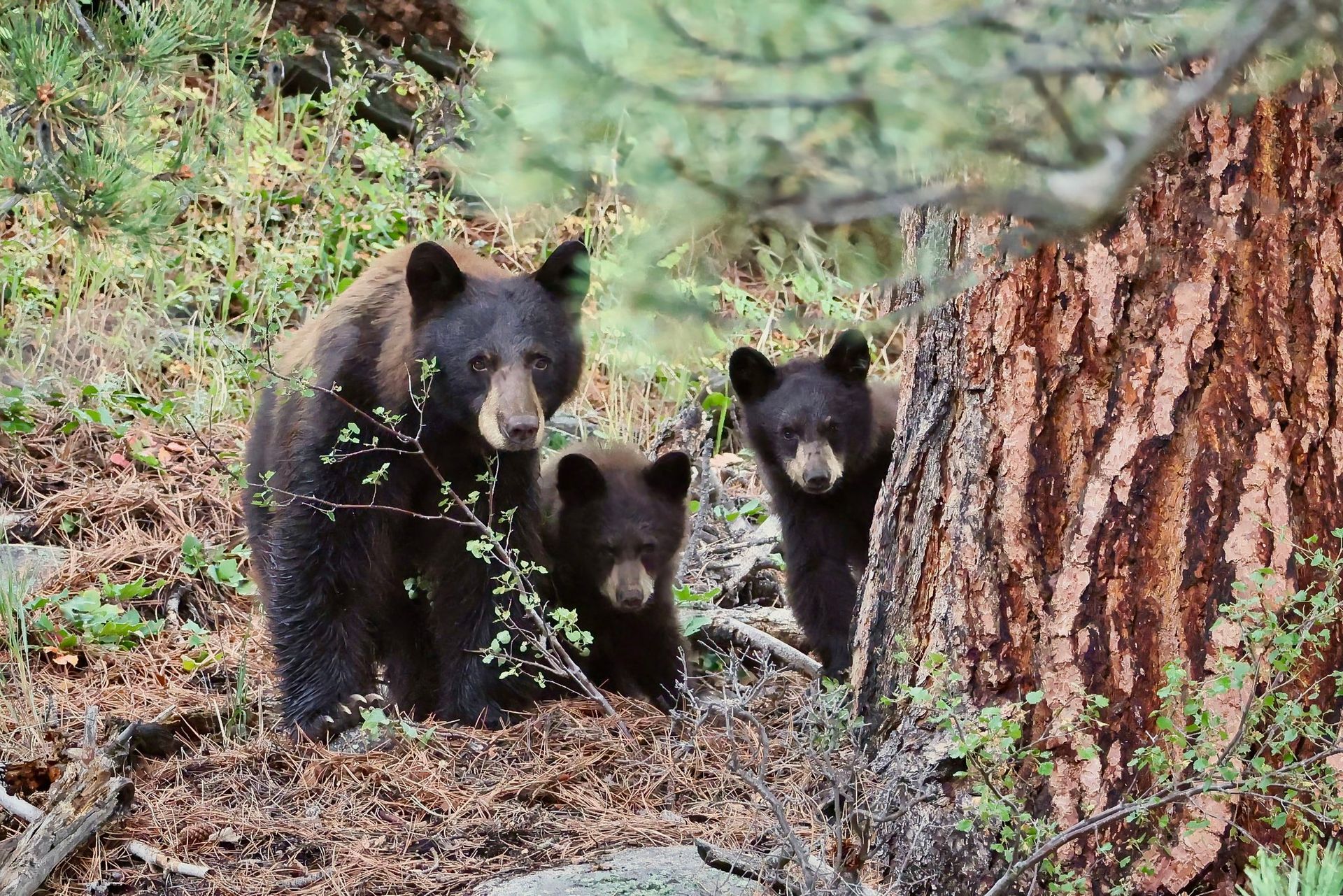The Unique Rocky Mountain Arsenal
An 11-mile Wildlife Loop of Native Colorado Animals
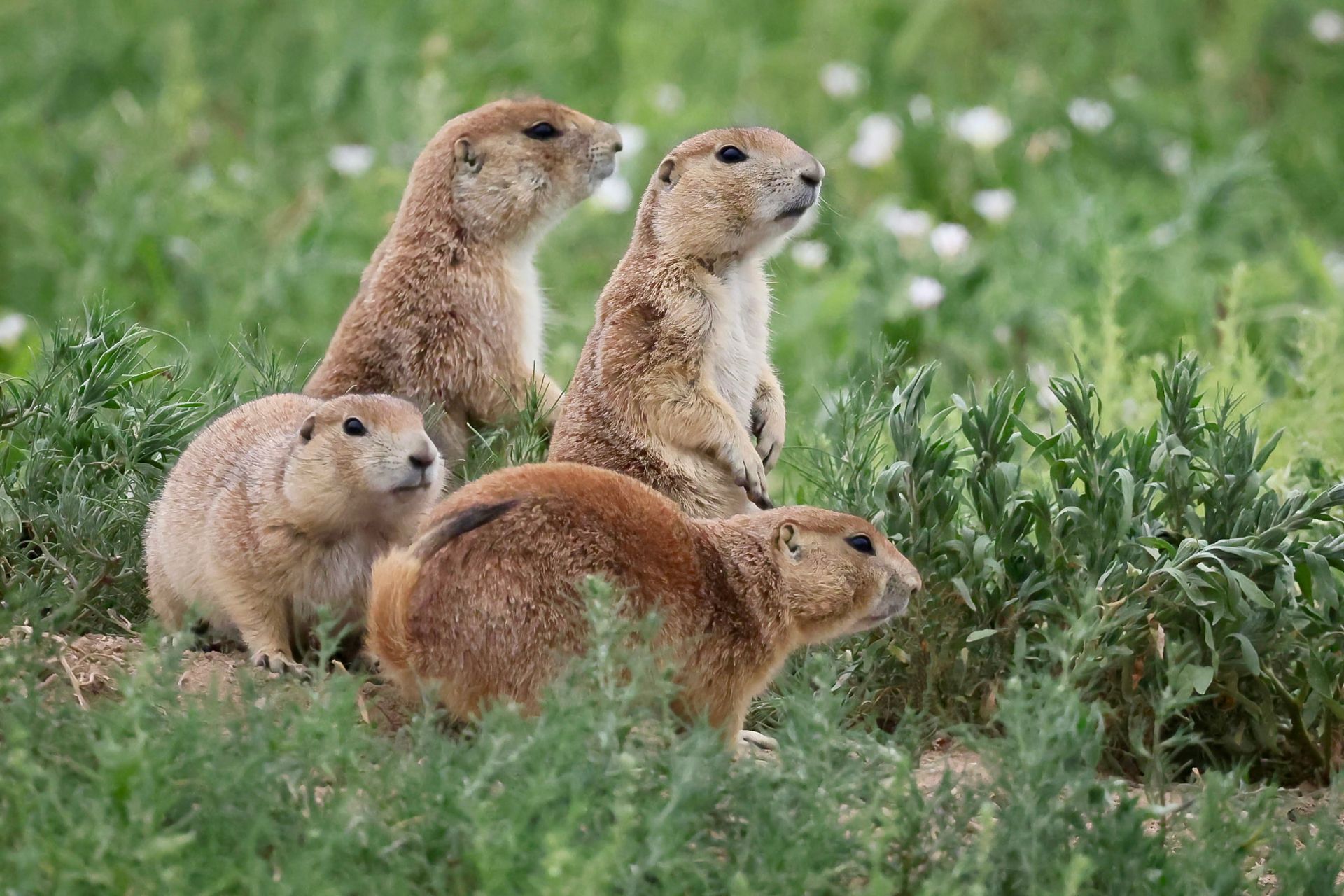
I’m working on a photo project of Colorado animals. It requires images of whitetail deer. I have whitetail deer pictures from Iowa and Nebraska, probably some other states too, and a whole bunch of beautiful mule deer from Colorado and RMNP. But I had to go in search of Colorado whitetail deer.
On a Monday morning, I drove down the canyon to Lyons, catching the Denver traffic just past Boulder. After agonizing stop-and-go traffic, even at 5:30 AM, I made it to the Rocky Mountain Arsenal National Wildlife Refuge. Just northeast of downtown, for free you can drive the 11-mile wildlife loop seeing the native animals that call the Refuge home.
The sun was barely up, when my first animal sighting was a small group of deer. I examined the tail with a white underside raised like an alarm and antlers grow from a single main beam. Yahoo! I celebrated. Six whitetail bucks. I angled my SUV to the side of the road, sun behind me, and began capturing the images I sought.
The deer cooperated, even from the middle of a field, Their heads up while standing among the wildflowers, their antlers were covered in velvet, half grown, and their coats had a beautiful reddish glow. My camera was in action, and I was excited to capture images of the handsome bucks knowing I could check them off my list. Just as the sun peaked over Denver International Airport, my whitetail deer mission was already accomplished.
Excited about the images, I headed onto the wildlife loop drive, passing Lower Derby Lake where I had captured bald eagle images this past winter. Just beyond it swallows darted about in a random, scattered pattern when suddenly a black-crowned night heron flew from under a bridge. My camera was set for “bird speed,” and I captured a few shots as the heron floated into a tree, disappearing among the green leaves.
Around the next bend was my first spotting of black-tailed prairie dogs. As I put the window down, my camera extended out, the repetitious prairie dog barks started. They warned of a stranger with a camera. Gathering around their dens, the basic family unit or coterie included an adult female and her young offspring. Cute little varmints, the mothers would sit up all “adorable-like” and watch me while their young ones peeked from their den opening.
In the distance, a lone bison stood among acres of green and yellow grassland brightened by the golden hour sun. With waves of a blue sky and colorful grassland, the deep brown animal symbolized strength, resilience, and abundance from a time long past in the old west.
I kept spotting prairie dogs, most too far away to capture the image I hoped for, when I saw a bird hovering. Wings flapping but staying in one place in the sky, I watched as the burrowing owl, on the hunt, looked down upon the young prairie dogs. As its wings flapped and the owl held steady in the sky, my camera was in action. Then the owl swooped down, flying low at the level of the prairie sunflowers, and the warning barks of the prairie dogs yelped loud. With the alert signal, the mammals dove for cover into their underground dens.
Further down the loop, a herd of a hundred or so bison were scattering in rest on the meadow. Among the dark adults were the red dogs, month old calves sleeping by their mothers. Nicknamed for their reddish-brown coat, in another two months they would grow and transition into the dark, adult brown coat. Watching the herd, older and more dominant bulls wandered solitarily in the distance, a natural consequence of their social structure and competitive nature.
As I photographed the bison, I heard the song of birds, dickcissels and meadowlarks. Dickcissels are a grassland bird with a distinctive song. Its yellow breast with a black "V" on the throat adds to its beauty. Similarly, the western meadowlarks with their bright yellow breasts made them distinctive in the grasslands. In the spring, they perched singing on soapweed yuccas, invasive mulleins, or fence posts. I was having photography fun, capturing them singing and taking flight.
Turning south near mile marker eight, the prairie dogs were up-close and personal. Even from my car, I was able to capture images of the young dogs running, playing, and tackling each other as they rolled among the buffalo grass. Adults sat up eating sprigs while watching the stranger taking pictures from his car.
Along a fence, a mule deer doe grazed, and a newborn fawn was sleeping peacefully in the grass. I watched her, waiting for the fawn to wake, but she was deep in sleep, protected by her mother.
With that last moment of wildlife serenity, I found my own peace. I lifted my camera to my eye, scrolling through the images I’d captured. A variety of mammals and birds ran across the screen, and I was happy with the many unique images.
I was most happy with the whitetail deer bucks. Beautiful animals with summer coats and velvet antlers, I now had captured an image of a Colorado whitetail deer. My project was moving forward.
